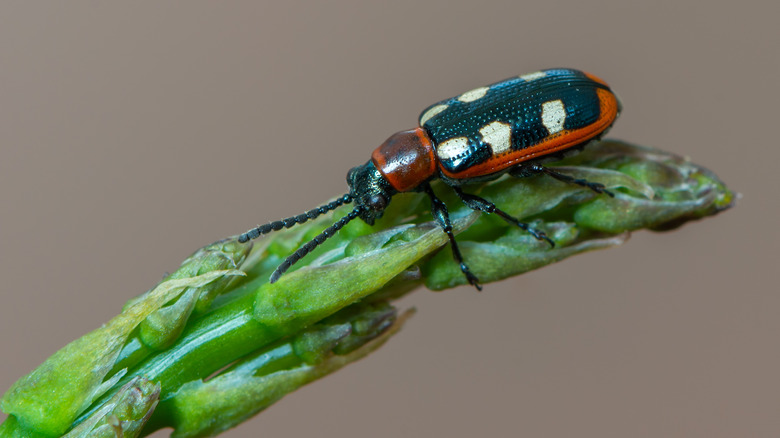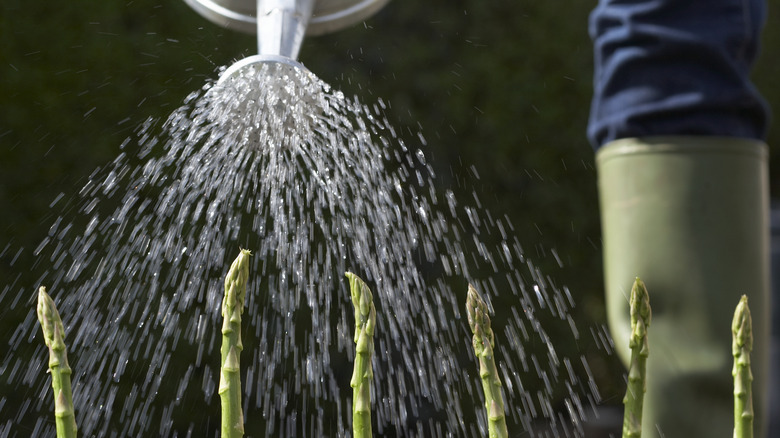Oh, gardens — they are the star of the front yard and the apple of every homeowner’s eye. From pretty petals to tasty fruits and nutritious vegetables grown on a trellis, the options for gardening are plentiful. When choosing what to plant, you may just want to snag the first thing that catches your eye. However, this is not always the best route to take.
Various plants, fruits, and vegetables have things that are known as “companion plants.” Companion plants are plants that, when growing in proximity together, aid in the facilitation of one another’s growth. These plants can offer a wide array of benefits to one another, such as warding off pests, increasing soil health, and so much more. And one really great example of a companion plant pairing would be asparagus and petunias. When grown together, petunias can help ward off pests that can potentially damage asparagus. So, if you want your vegetable garden to flourish, you should definitely consider petuniass, and here’s why.
Petunias are the enemy of asparagus beetles

The most prolific predator of asparagus crops is the asparagus beetle. As evidenced by their name, these inch-long little pests are known to feed upon asparagus stalks, ultimately damaging them. Asparagus beetles come in two variations — the “common” beetle and the “spotted” one. Common asparagus beetles range from dark blue to black and are covered with yellow spots on their bodies and red margins on their wings. Alternatively, the spotted asparagus beetle is typically a red-orange color with black spots. With vivid colors and an eye-catching appearance, these critters are luckily fairly easy to spot. They also reproduce in a matter of only days, so once one arrives, you can rest assured that an infestation is on the way.
You can also spot their arrival by the appearance of your asparagus stalks. If the stalks begin to appear twisted, curved, and hooked, then it is likely that asparagus beetles have feasted upon them.
Now that we’ve covered all that bad news, here is the silver lining: if you want to dodge this beetle problem, petunias are the savior you’re looking for.
Petunias are the garden superhero your asparagus is crying out for

Planting petunias alongside your asparagus is a great proactive measure to ward off asparagus beetles. Petunias are a member of the nightshade plant family, which is a plant family that is widely-regarded for its pest-repelling nature. Petunias naturally create and emit alkaloid substances that essentially act as organic pesticides, killing off insects that come near them. They can repel asparagus beetles, squash bugs, aphids, and many more potentially crop-threatening pests.
Aside from being a garden superhero, petunias also make for one of the most beautiful additions to any garden. Petunias can be found in about six different colors including white, pink, red, purple, blue, and yellow, plus bi-colors and patterns. Thus, there is a possible petunia to fit everyone’s liking. They are also a fairly low-maintenance plant, as they are easy to grow, water, and maintain. So, before planting your asparagus, make sure that you have some petunias in the garden, too!



